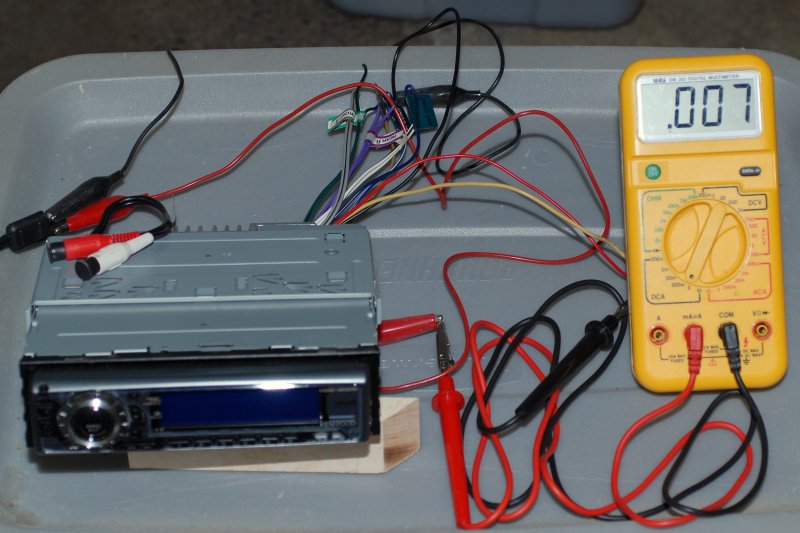Currymunster
New Member
Hi every one. Thanks for letting me join.
I have a car stereo mounted in a wooden box that I use for work.
It has a 12v psu mounted inside which I bought off ebay.
I would really like to make some sort of capacitor battery to run off the psu and connect to the memory wire of the stereo.
Thus remembering the stations and time every time I unplug and move to different work places. (I'm a plasterer)
I have basic Knowledge but am good with a soldering iron. I used to repair computers on the side so I'm sure I can do it. I just lack the knowhow.
Any help would be appreciated thanks.
James
I have a car stereo mounted in a wooden box that I use for work.
It has a 12v psu mounted inside which I bought off ebay.
I would really like to make some sort of capacitor battery to run off the psu and connect to the memory wire of the stereo.
Thus remembering the stations and time every time I unplug and move to different work places. (I'm a plasterer)
I have basic Knowledge but am good with a soldering iron. I used to repair computers on the side so I'm sure I can do it. I just lack the knowhow.
Any help would be appreciated thanks.
James




